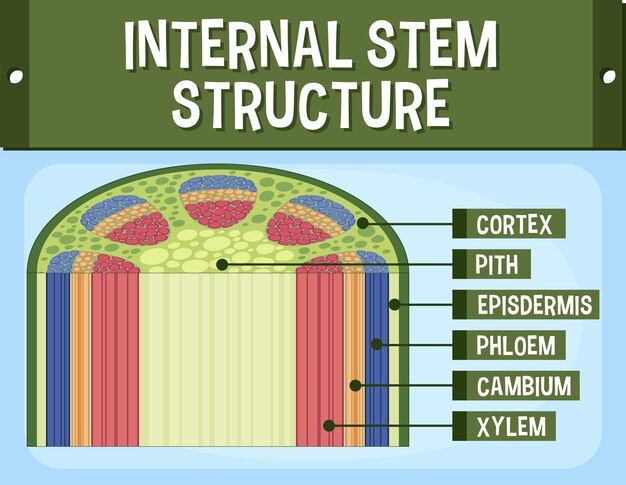Interesting Facts About Cell Walls

The cell wall is a protective layer found in plant cells.
Cell walls provide support and structure to plant cells.
The cell wall is composed of cellulose, a complex sugar molecule.
Cell walls help prevent the cell from bursting under internal pressure.
The presence of a cell wall is a characteristic feature of plant cells.
Cell walls act as a barrier, controlling the movement of substances in and out of the cell.
The thickness of cell walls can vary between different plant species.
The cell wall is responsible for the rigid shape of plant cells.
The cell wall acts as the first line of defense against pathogens and external threats.
Cell walls contribute to the water retention ability of plant cells.
Cell walls can be flexible in certain plant tissues, allowing for growth and movement.
The composition of cell walls can vary depending on the type of plant cell.
Some plant cells have secondary cell walls that provide additional strength and support.
The cell wall is important for the overall structure and form of plants.
The cell wall of algae is composed of different materials compared to plant cells.
Cell walls play a crucial role in the transport of nutrients within plant cells.
The cell wall acts as a physical barrier for herbicides and pesticides.
Cell walls can exhibit different patterns and structures under a microscope.
The cell wall provides mechanical support, allowing plants to stand upright.
Interesting Facts About Cell Walls part 2
The cell wall can have pores and channels that facilitate the exchange of gases.
The cell wall is involved in cell signaling and communication between plant cells.
The thickness of the cell wall can change depending on environmental conditions.
Cell walls can store and release various compounds in response to stress.
The cell wall of plant fibers, such as cotton, is used to make textiles.
The cell wall contributes to the texture and taste of fruits and vegetables.
The strength and durability of bamboo stems is due to its unique cell wall composition.
Cell walls provide protection against physical damage and herbivores.
The cell wall of cork is used in the production of wine bottle stoppers.
The cell wall of wood is utilized in construction and furniture making.
The cell wall of certain seaweeds is rich in minerals and is used in food production.
The cell wall can differentiate between self and non-self molecules, leading to immune responses.
The cell wall can undergo remodeling during growth and development.
Cell walls in certain plants can be hydrophobic, repelling water.
The cell wall of some plants contains lignin, which adds strength and rigidity.
The elasticity of certain plant tissues is due to the properties of the cell wall.
The cell wall contributes to the overall buoyancy of floating aquatic plants.
The ability of certain plants to regenerate is facilitated by their cell wall characteristics.
Cell walls play a role in the defense against UV radiation.
The cell wall aids in the prevention of osmotic lysis in hypotonic conditions.
The cell wall can release hormones and signaling molecules.
The composition of the cell wall can be altered by genetic modification techniques.
The cell wall of some plants has antimicrobial properties.
The cell wall is involved in cell-to-cell adhesion and cohesion.
The cell wall is a dynamic and adaptable structure.
Understanding the cell wall is essential for developing new agricultural and industrial applications.

